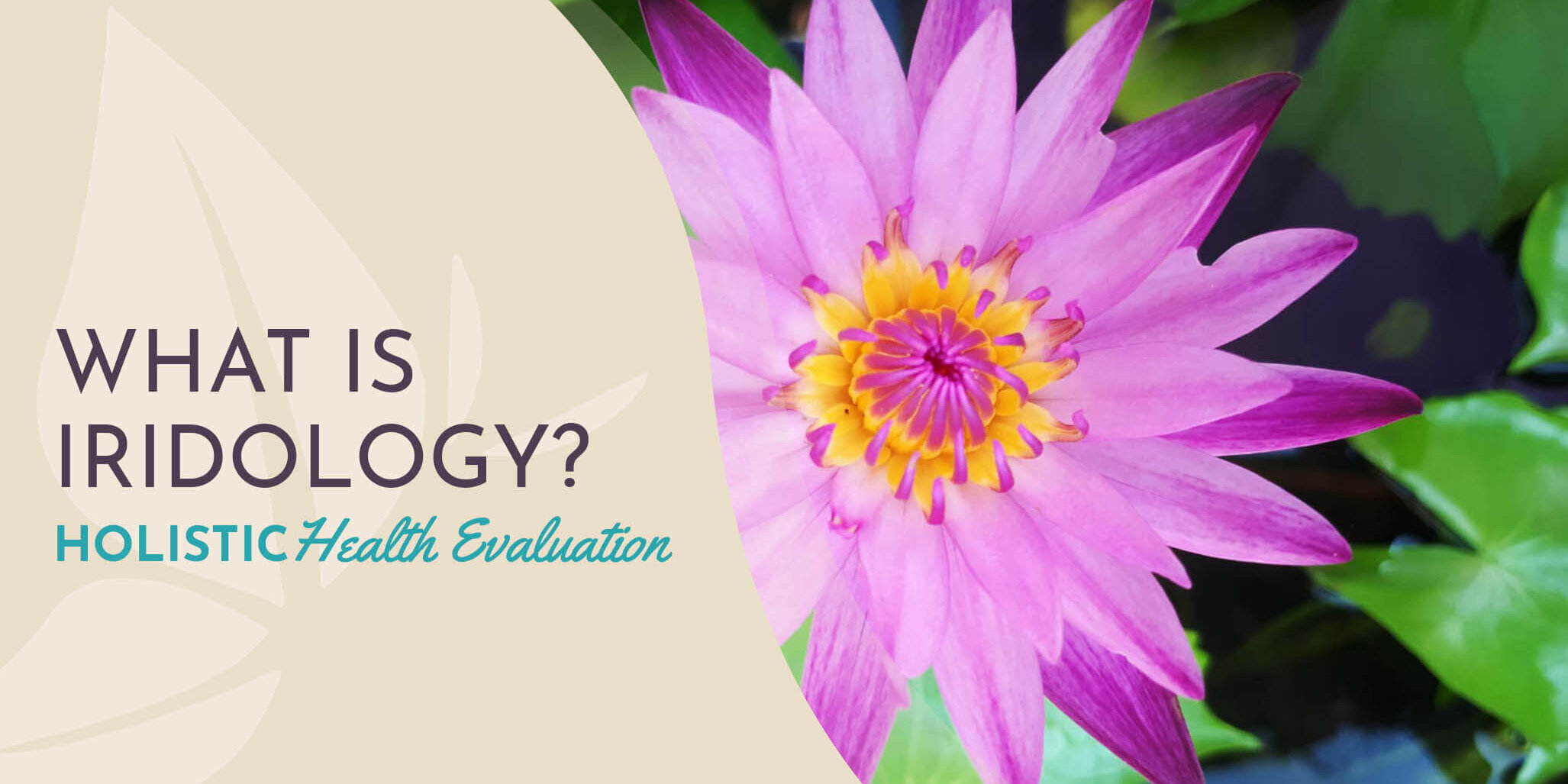Iridology, What is Is and How It’s Used
Iridology is the study of the iris. It is an alternative medicine technique where you study the art and science of analysing the characteristics of the isis such as pattern, structure and colour. The purpose is to determine information about the strengths and weaknesses of a patient’s health.
Then studying the iris I look for characteristics such as colour and markings which all provides, among other things, information associated with the tissue integrity throughout the body. Iridology is an non-invasive form of analysis, meaning that it requires no cutting, x-rays or any other invasive technique to conduct the health analysis of the patient.
When studying the iris the analysis can reveal psychological conditions, strengths and weaknesses of various organs, personality traits and psychological health risks. Iridology has the potential to reveal your past, present and your potential future health conditions. It can also reveal any hereditary health tendencies.
The Four Cornerstones of Iridology
1. The condition of the nerves
2. Adequate circulation
3. The condition of the blood and lymph system
4. Nutrition, rest quality, breathing and state of mind.
As an Iridologist I look for changes in colour and structure of the pupil as well with any other characteristics or abnormalities. I can see these changes in corresponding areas of the eye. They are considered to have a correlation to an organ of the body.
The iris is connected to each organ and tissue in your body via the brain and the central nervous system through the optic nerve. The optic nerve is linking the main communication of everything going on in your body. The brain is your hard drive and remembers everything in your body and if you use this analogy your iris is the file folder of your computer. Through the iris you read and access the information you need to find out about what’s going on in your body.
The human body is reflected in approximately 40 to 50 parts of the eye. The right iris reflect the right side of the body and the the left iris reflects the left side of the body.
Nerve pathways all over the body send information to the brain via the thalamus and hypothalamus. The thalamus and hypothalamus parts are connected to the blood vessels, muscles, and surface of the irises by nerve fibres. Physiological changes is the iris tissue can develop when the nerve impulses are relayed from the thalamus and hypothalamus. Revealing information from the various parts of the body having a nerve supply.
There are certain dysfunctional states in the body which is indicated by various colour properties and textures in the iris. By studying and identifying these changes I can detect health imbalances early on and recommend preventive health measures.
Main use of iridology
Iridology detects an imbalance in the body rather than detecting a disease or a symptom of a disease. With Iridology I identify underlying imbalances and look for contributing factors and I address these imbalances who may produce certain symptoms.
The most powerful use of Iridology is prevention and long term health and in Iridology we look at the person as a whole. A disease is not something you catch or get from the outside, diseases are created from the inside when your natural defences are broken down from eat, drink, feel, think and your lifestyle.
Iridology can provide information about your state of health regarding:
Your body constitution, any inborn strengths and weaknesses present in your body, internal inflammationtoxicity levels in your body, the location of any issues present in your body and the state of development of the identified problem.
Markings in the iris can help identifying the following:
Your health levels and transitions, your genetic predisposition to any disease, any vitamin or mineral deficiencies in the body, any bowel problems or digestion tendencies, your colon conditions, any organs under stress and your natural ability to recover or bounce back after an illness.
Pigmentation changes correspond to stages of inflammation in the body. Pigmentation change range from acute to subacute and chronic to degenerative/destructive. This can be identified from the colour white for acute inflammation, light and dark grey for sub-acute and chronic inflammation respectively and black for degenerative and destructive tissue.
We use Iridology as a part of our in depth Holistic Health Evaluation. The evaluation can be a stand alone product you can use for your own healing or be the start of working with any of our services. The Holistic Health Evaluation can be done at our center in Chiang Mai or online.
If you have any questions regarding any of our topics, please let me know. We are always happy to help.
Heart Work Pays Off!
//Sara
Follow our YouTube Channel for more content and personal updates!




